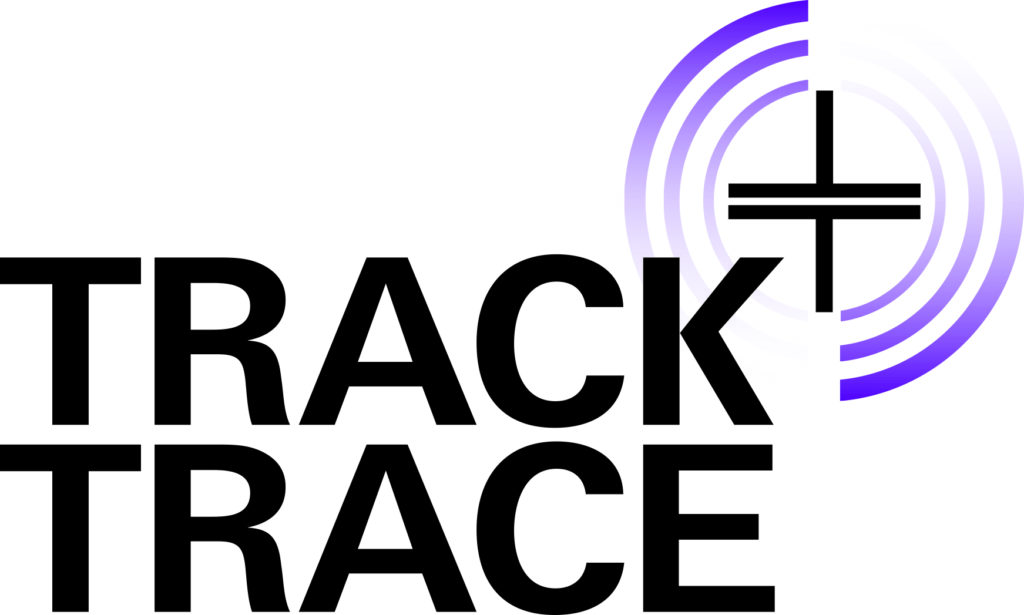With only a matter of weeks to go until Track and Trace

Firstly, it is paramount that wholesalers and anyone else involved in the sale of tobacco products understand why the Track and Trace system is being introduced. The illicit tobacco trade is currently a major problem for wholesalers, retailers and manufacturers alike. HMRC’s data for 2016/17 showed the share of illicit cigarettes is at its highest point in the past 10 years (15%). While the figures for 2017/18 are not expected to be released until June this year.
Track and Trace
Strict enforcement will be crucial for Track and Trace to have the desired effect on the illicit trade, but we’re hopeful those guilty of selling it will be caught and punished more efficiently. This will be of great benefit to law-abiding wholesalers and retailers, whose profits are being damaged by the sale of illicit tobacco.
While it is the responsibility of manufacturers to apply a Unique Identifier (UI) code to all RMC and RYO tobacco products from 20 May 2019, and all other tobacco products after 20 May 2024, it is key wholesalers are aware of their role in the Track and Trace process as well. They will be required to apply for an Economic Operator ID (EOID) code for their business and Facility ID (FID) code for each of the premises where they sell or store tobacco products.
They also need to be ready with all the necessary equipment to be able to scan tobacco products and then transmit the data. Off-the-shelf solutions will be available to purchase, or alternatively, wholesalers are free to create their own solutions or update existing systems to become compliant. Systems should be tested for compliance ahead of the legislation coming into effect and they must scan in any new compliant stock on receipt from 20 May 2019. As well as this, they must scan out any UI marked stock on dispatch to retailers, who must have both EOID and FID codes.
We believe that the most effective way of supporting wholesalers is through education and transparency: making sure there are adequate resources available that contain the essential details to ensure compliance with the legislation. That’s why we’ve launched a brand-new microsite dedicated to guiding retailers and wholesalers through the Track and Trace process.
They can visit JTI’s website to find a wealth of information. Or, if their queries are more bespoke, our JTI sales representatives are available to answer any questions. The deadline is fast approaching, but we are confident that through close collaboration, implementation of Track and Trace is achievable and will continue to work closely with our trade partners and HMRC to ensure everything is ready for 20 May.
Find out how JTI is support wholesalers with the upcoming track and trace legislation?








